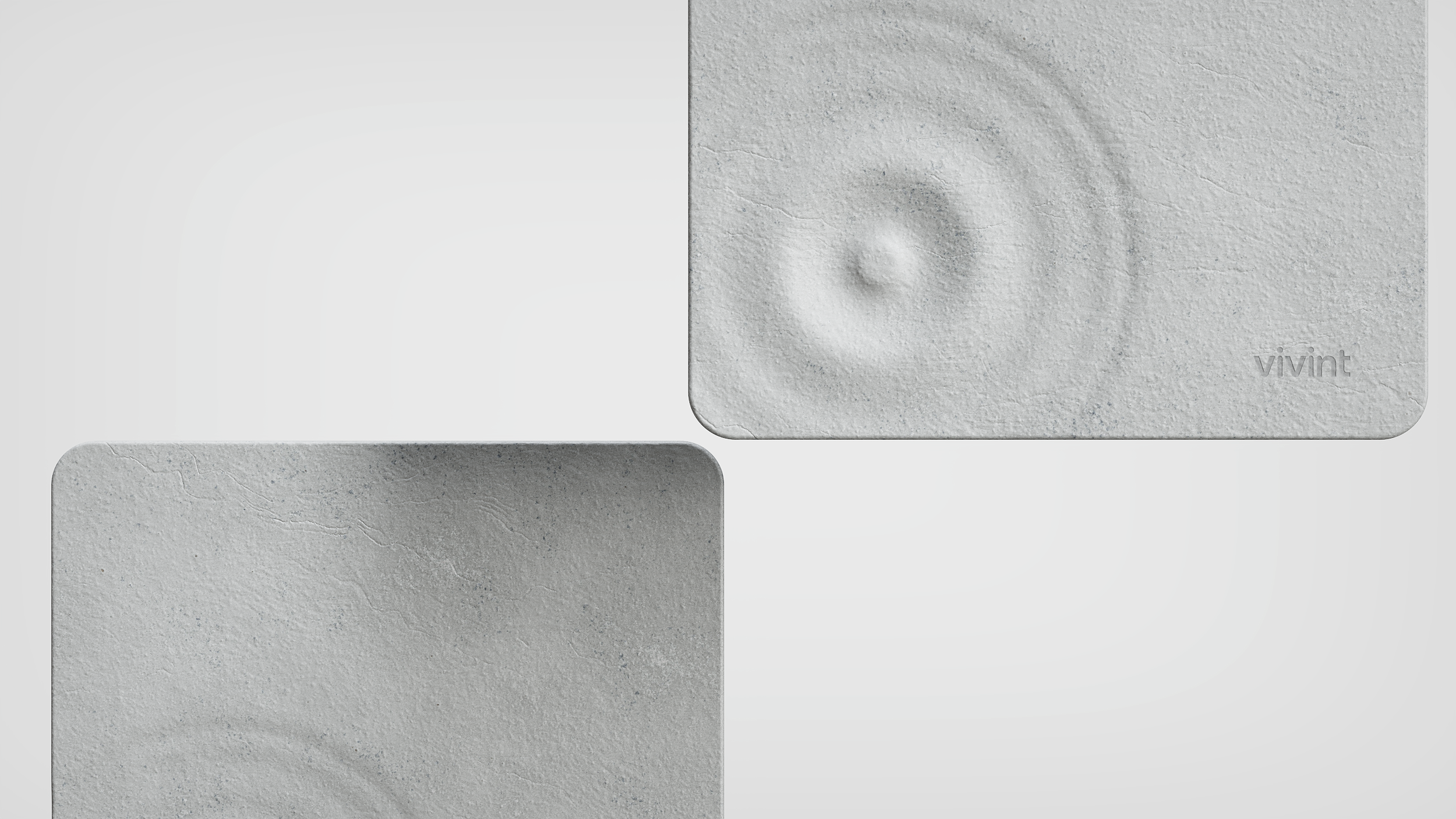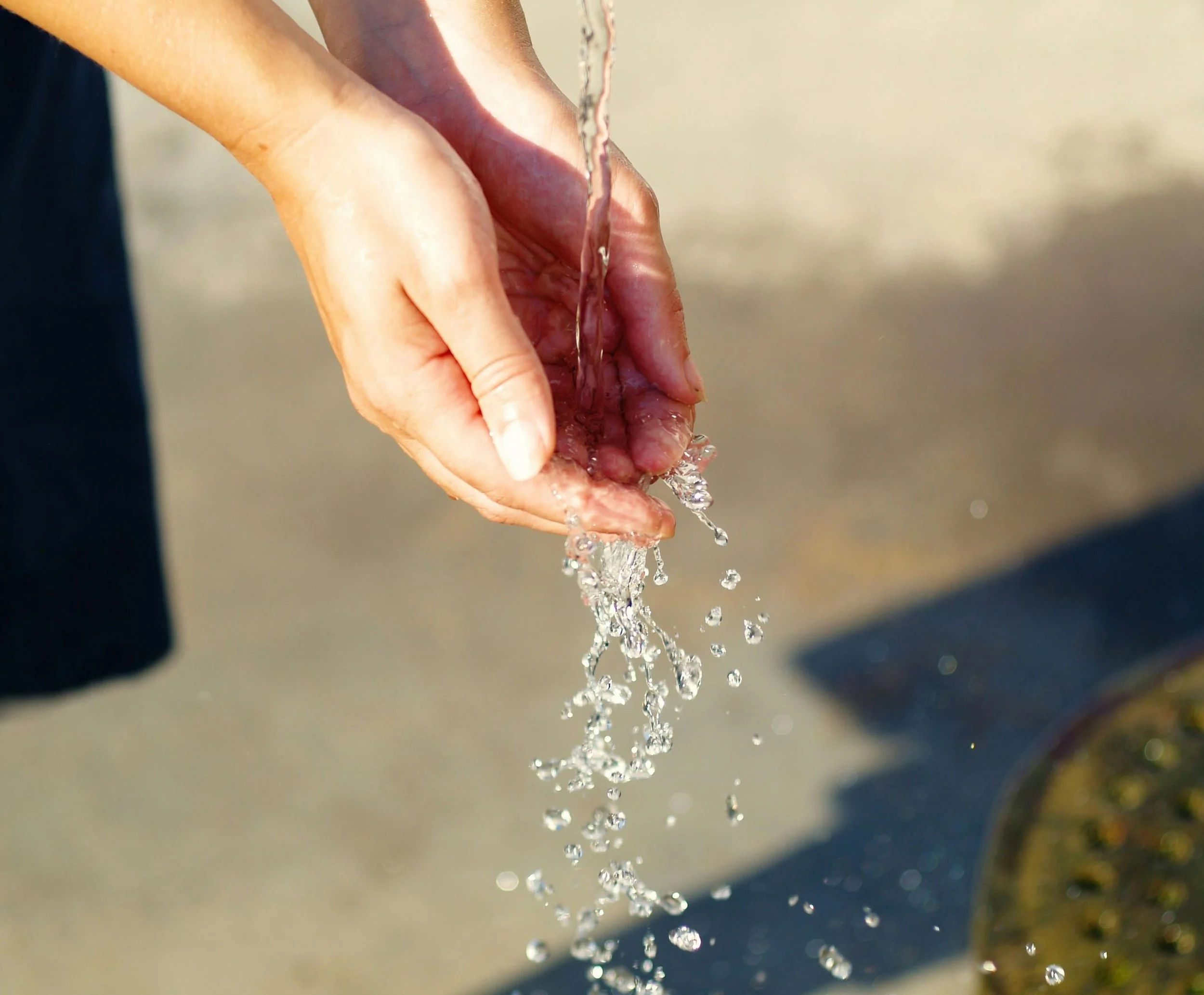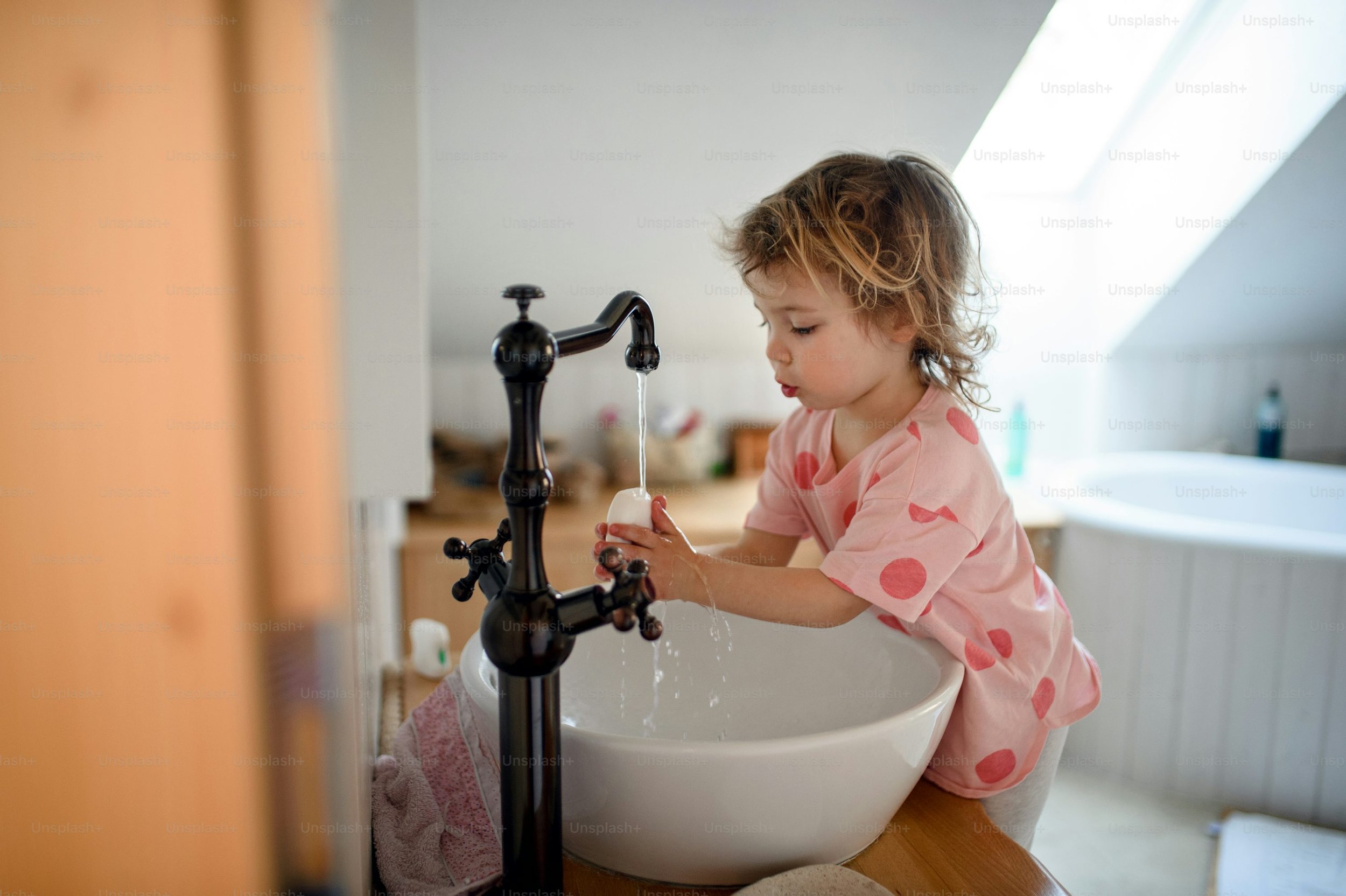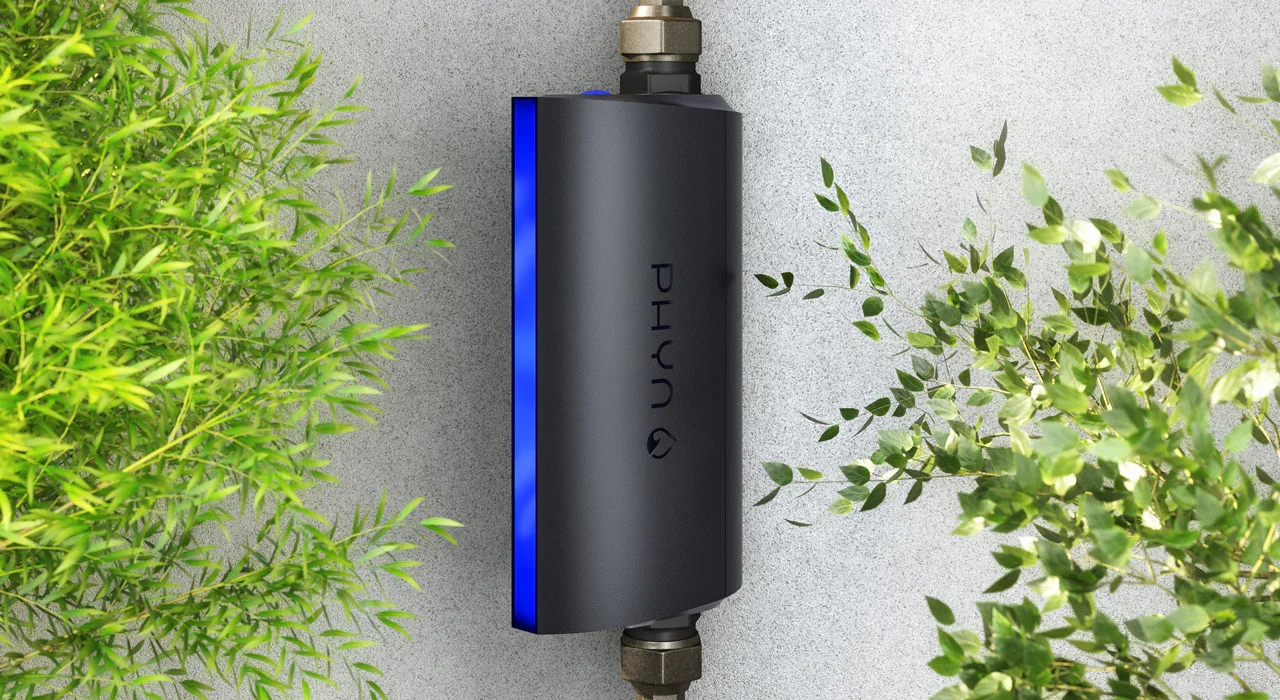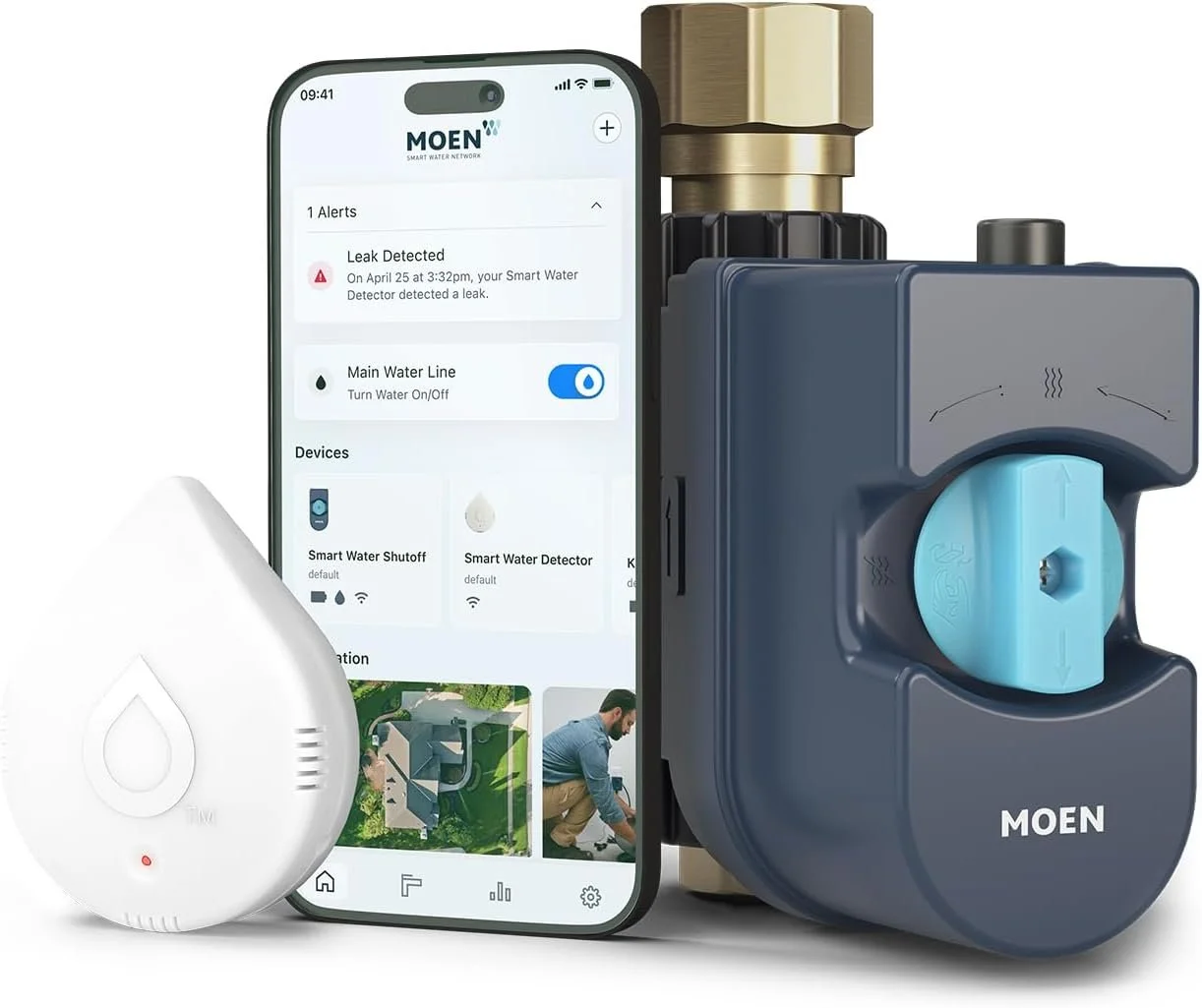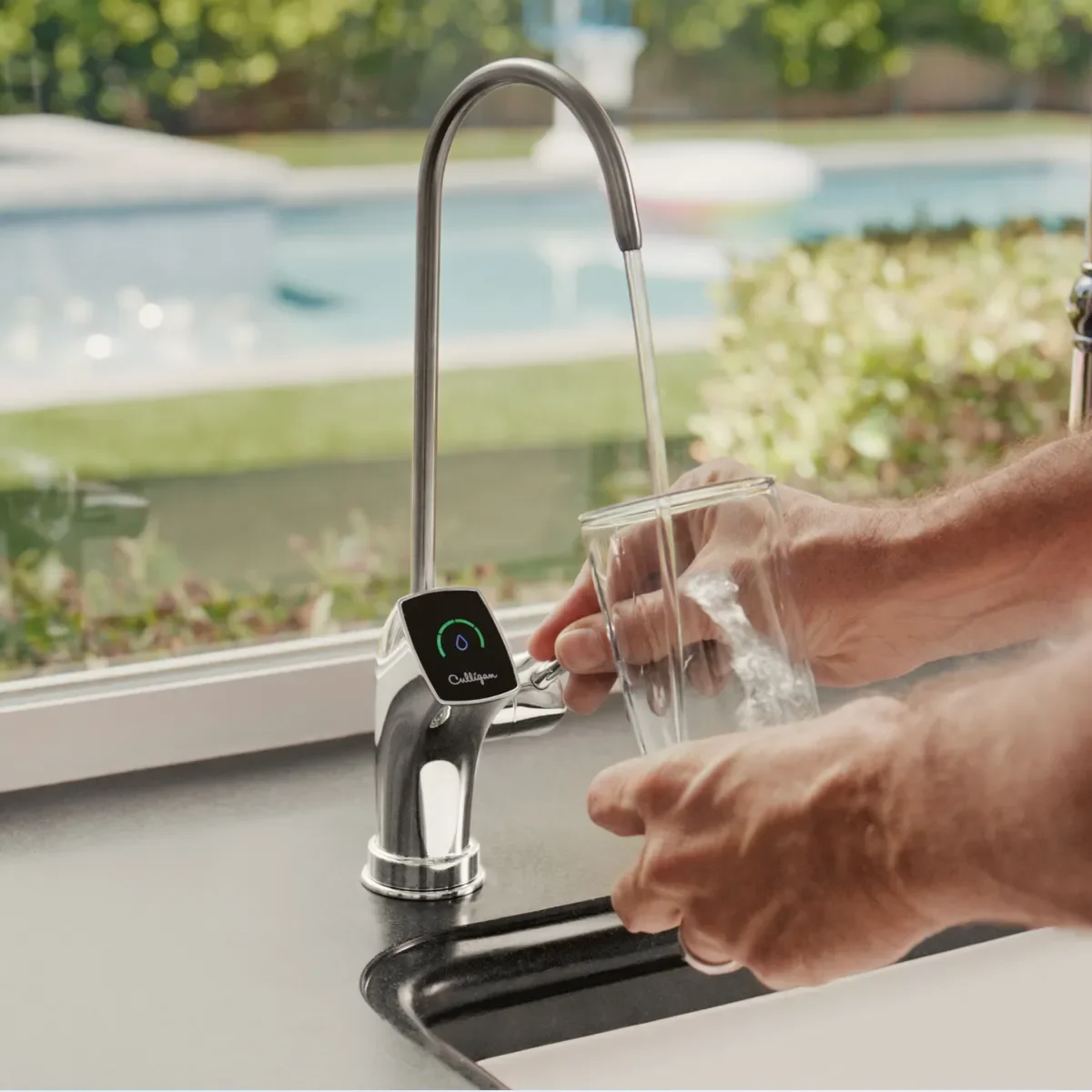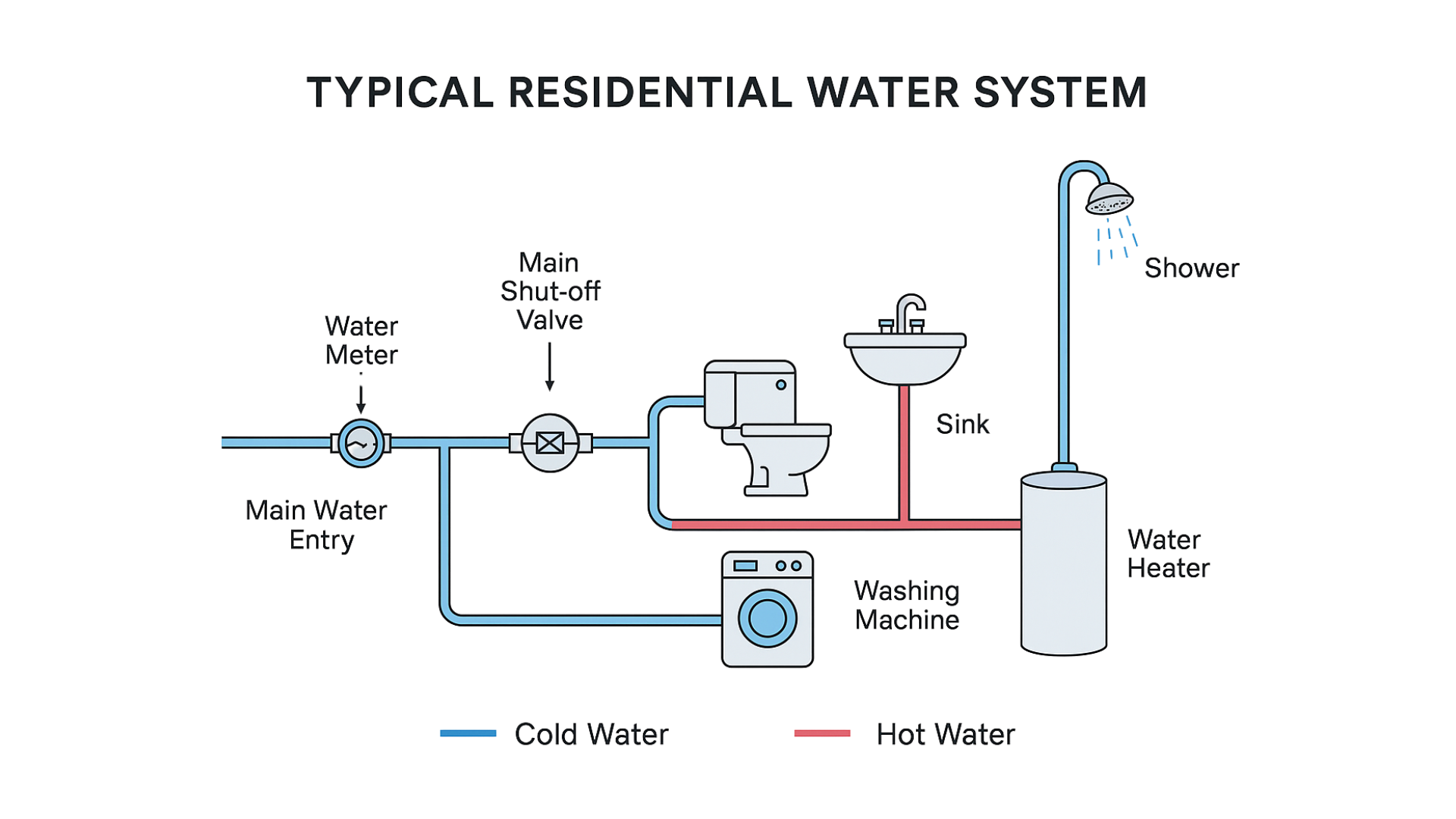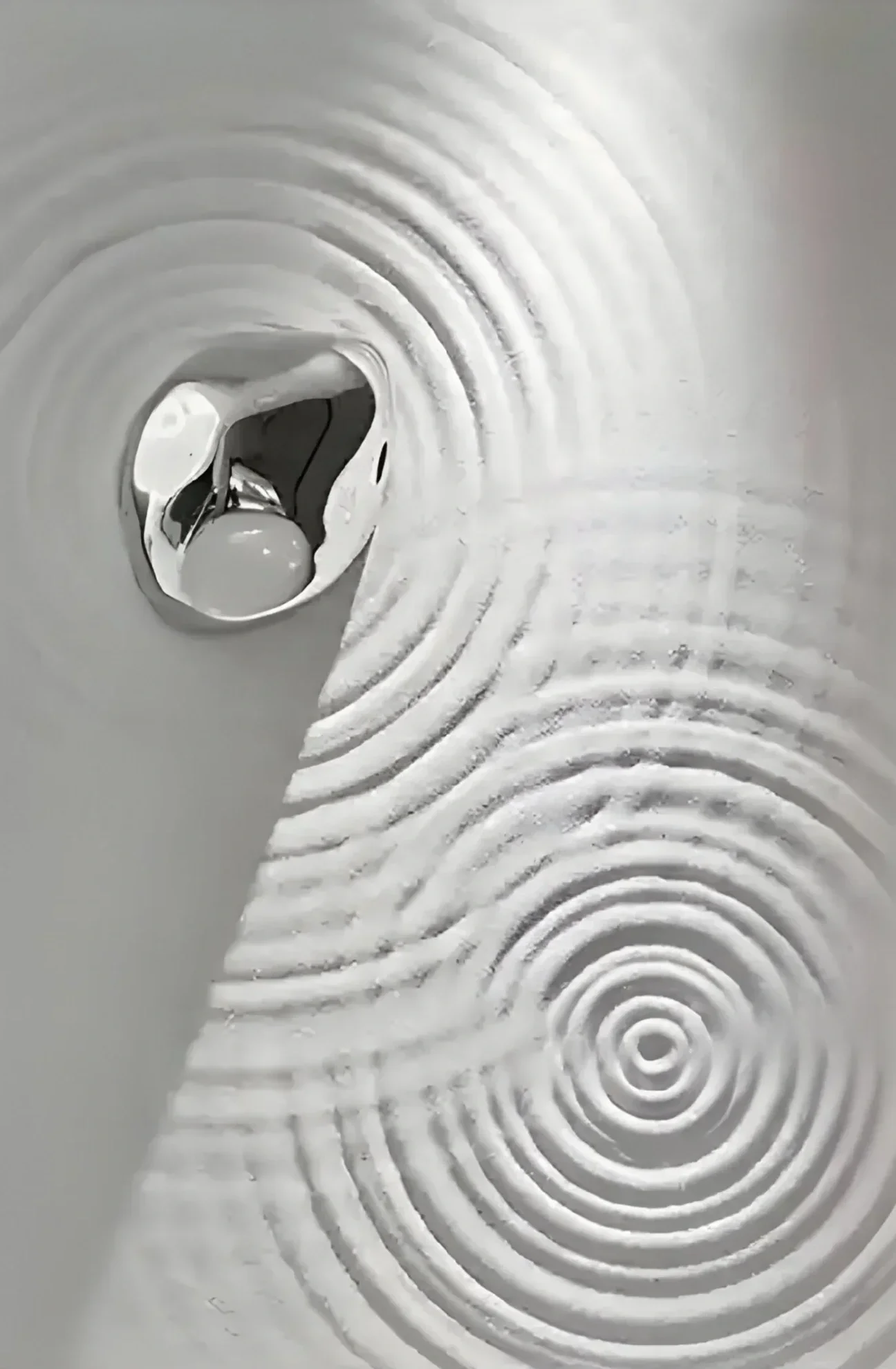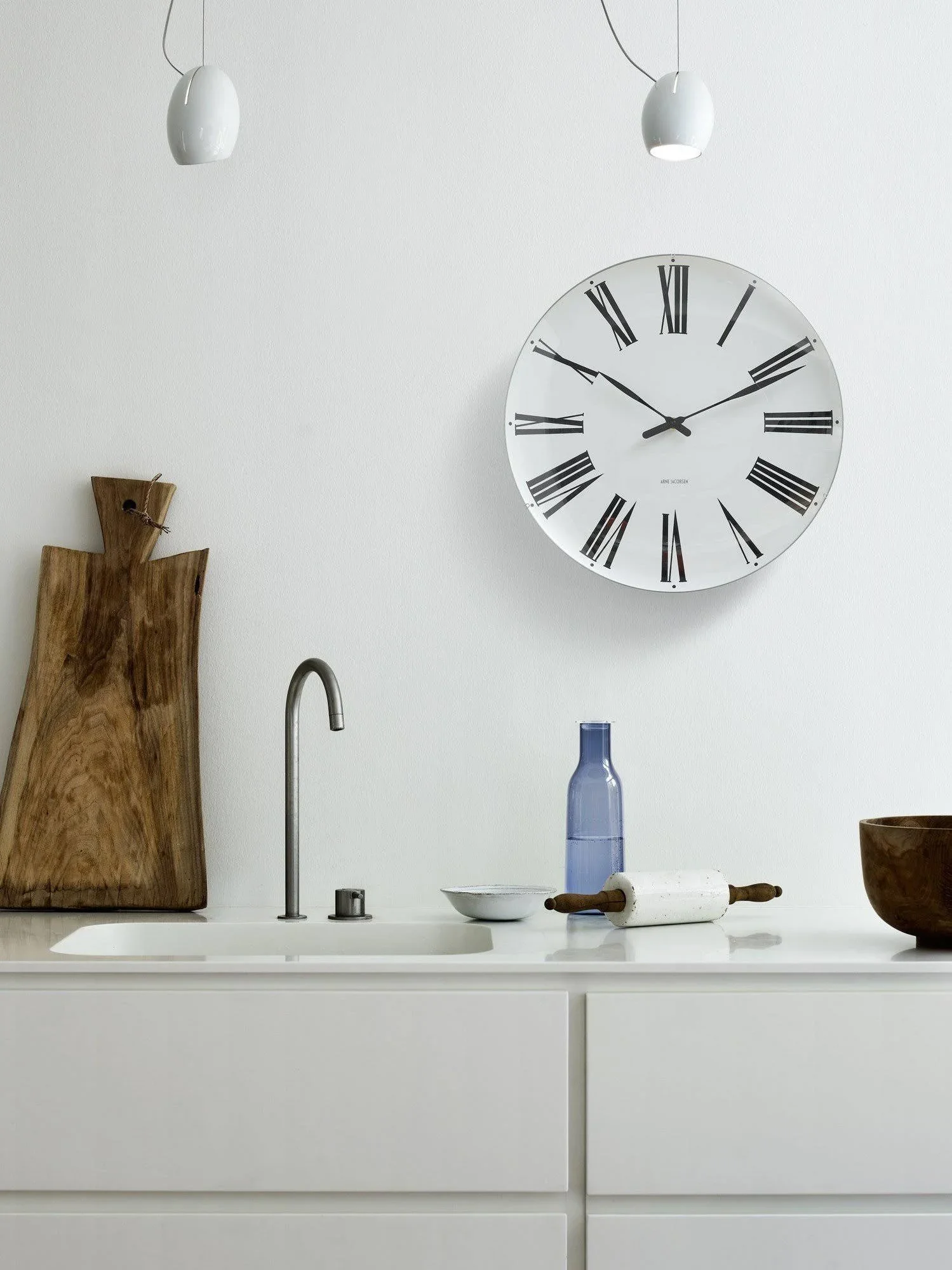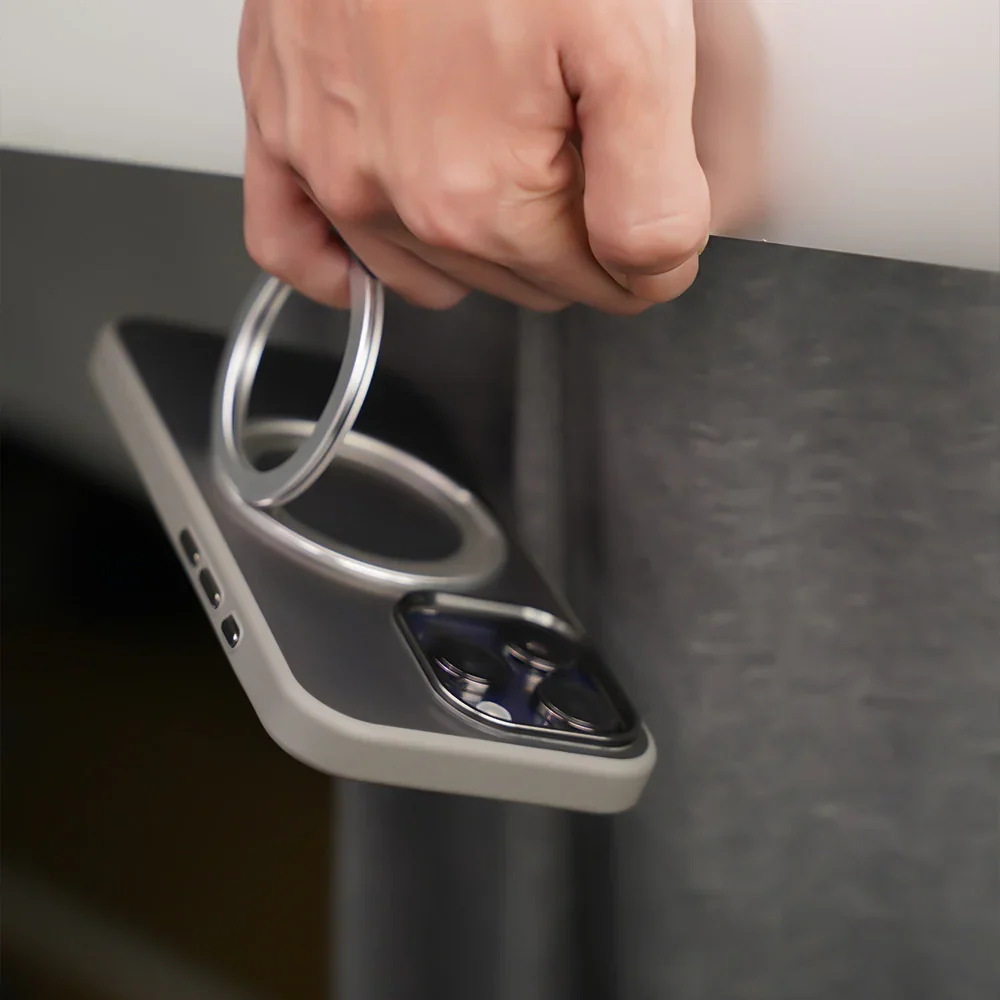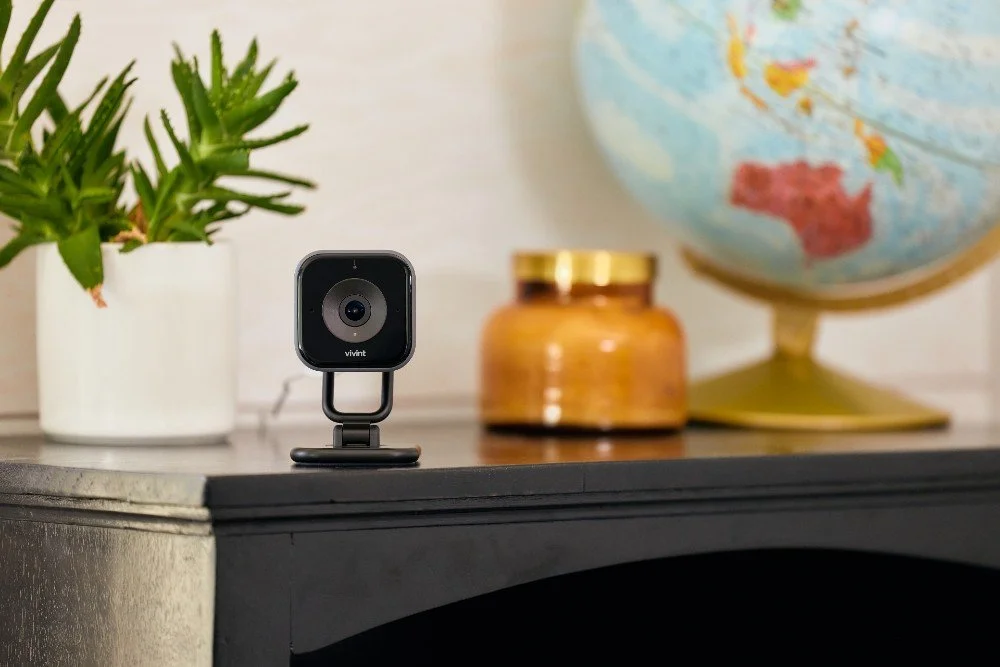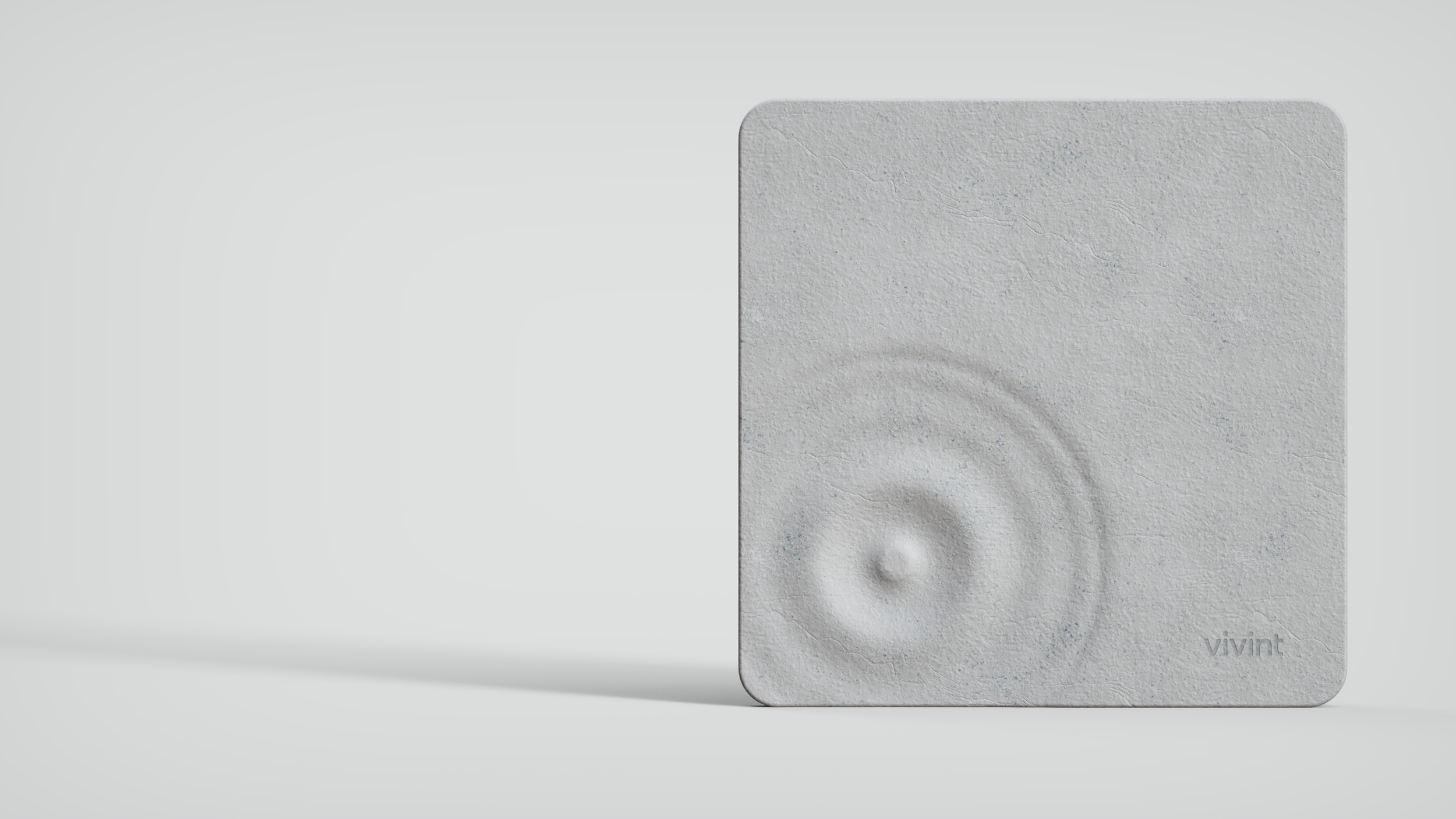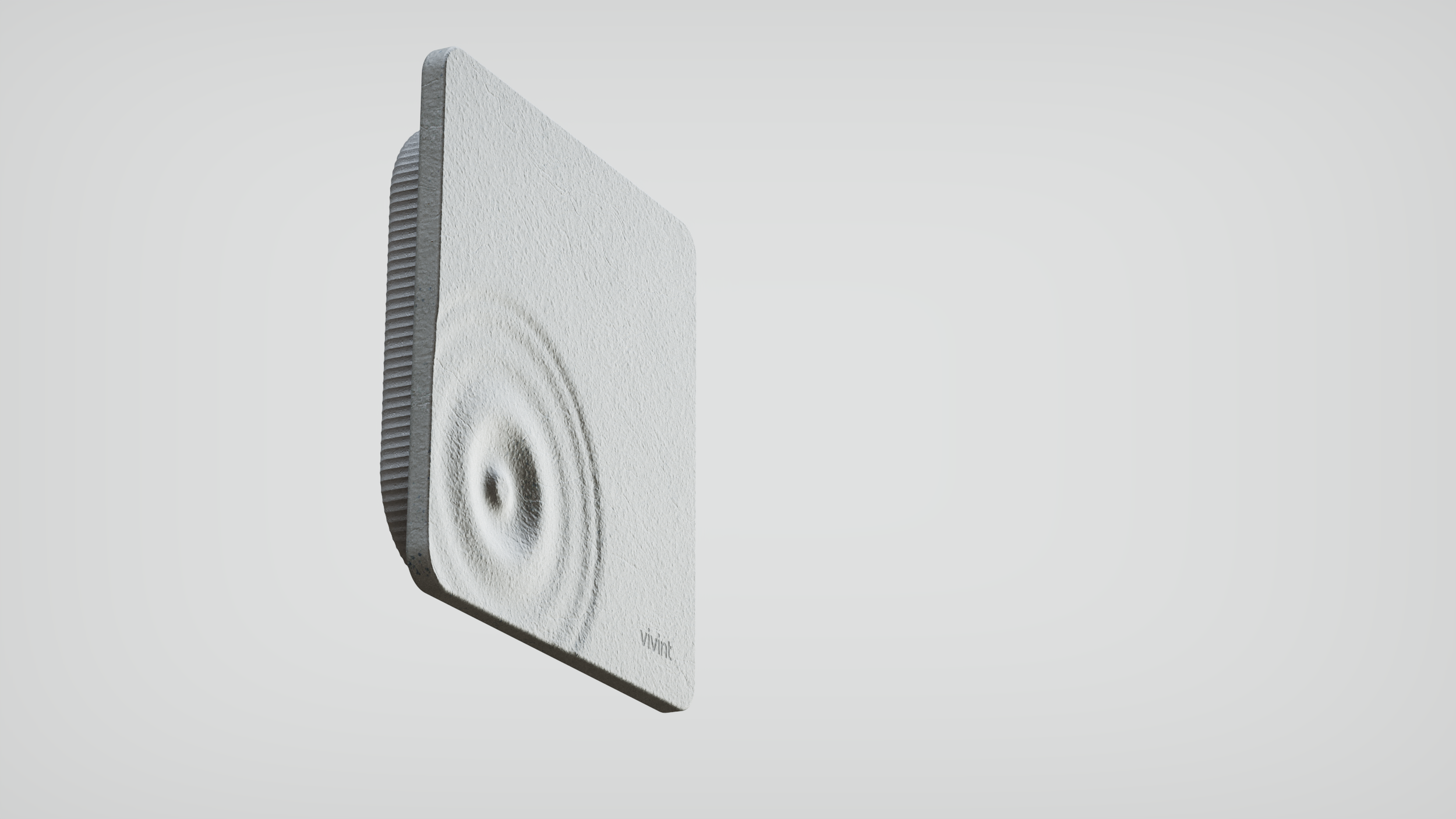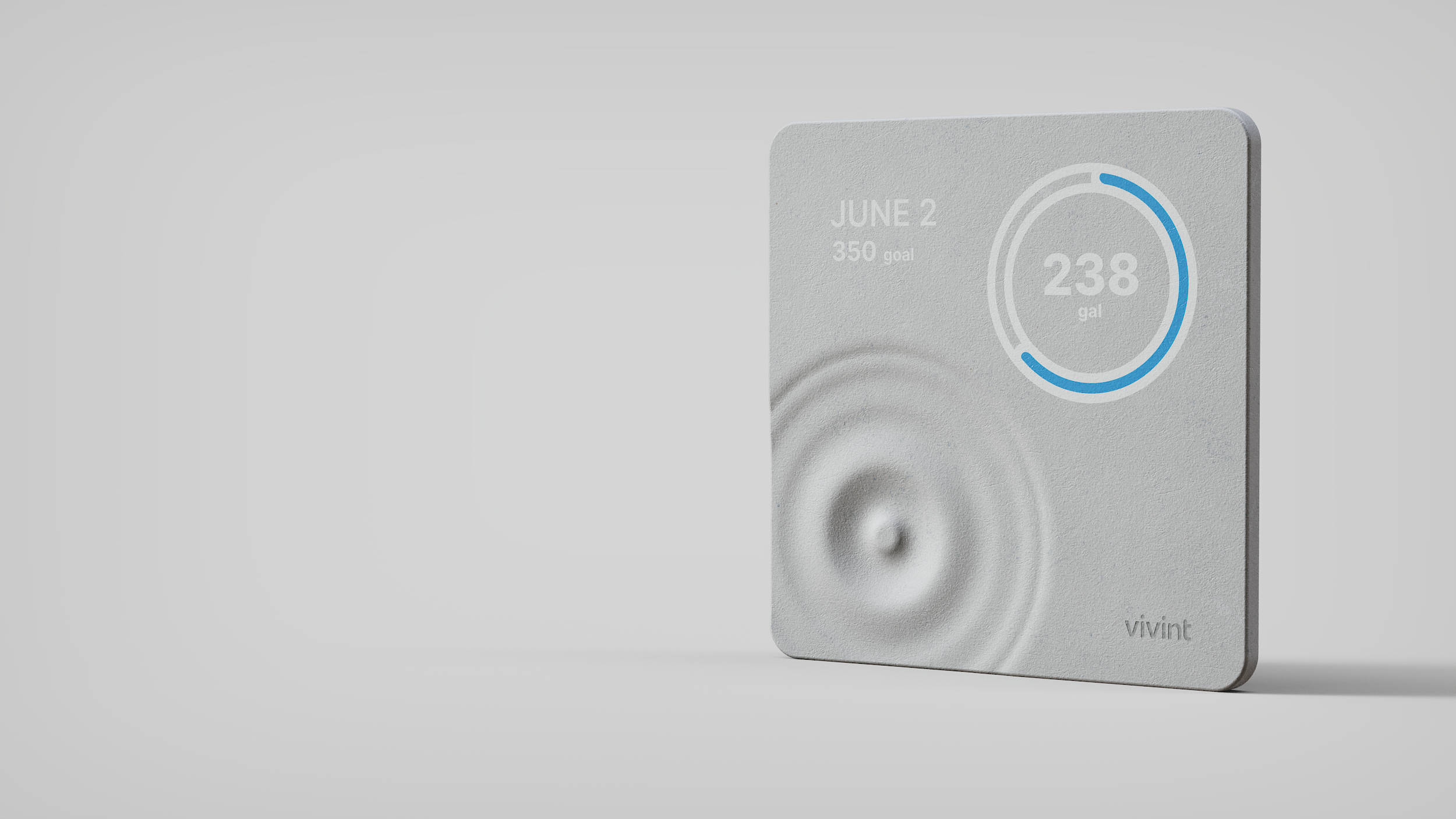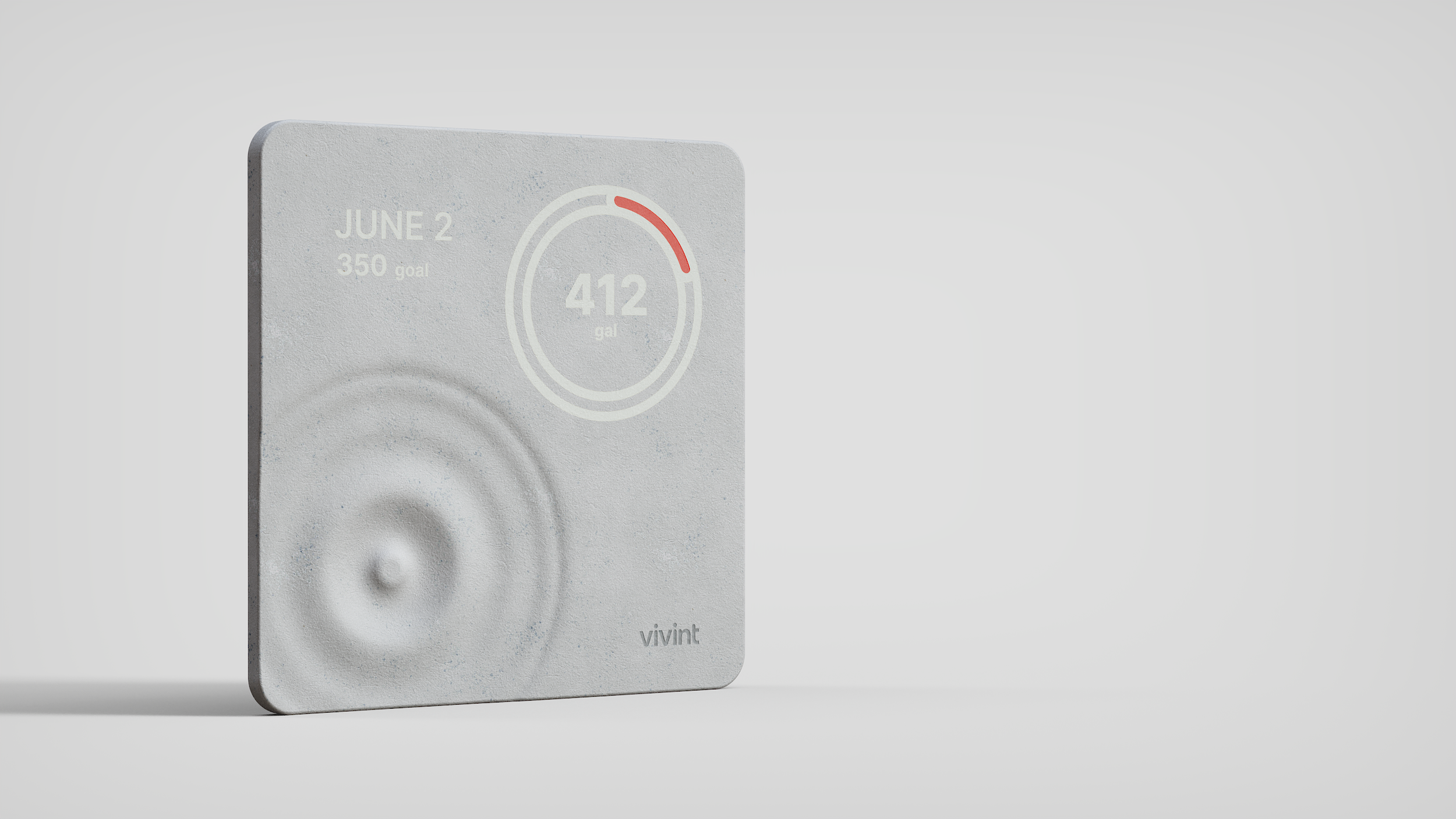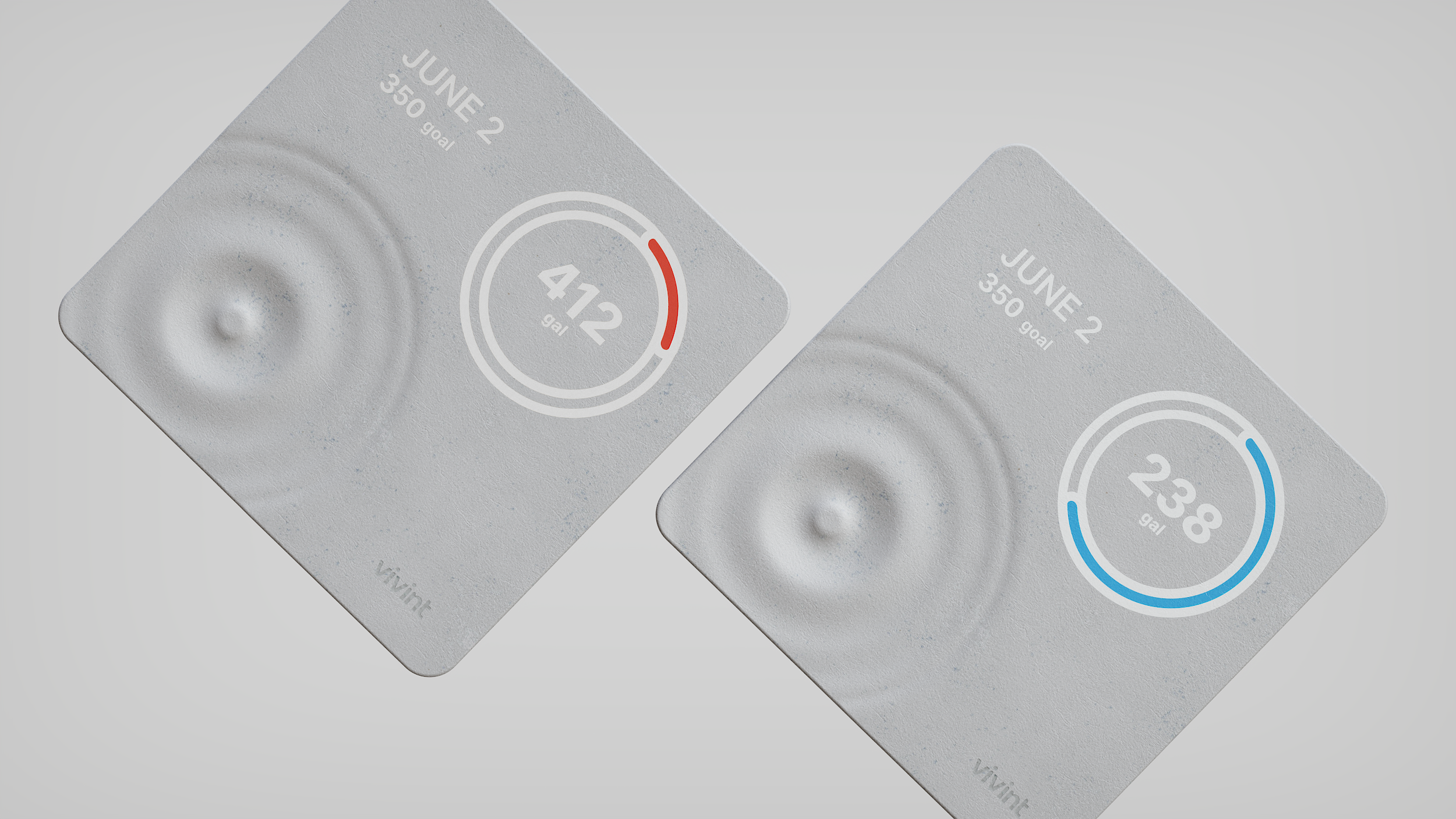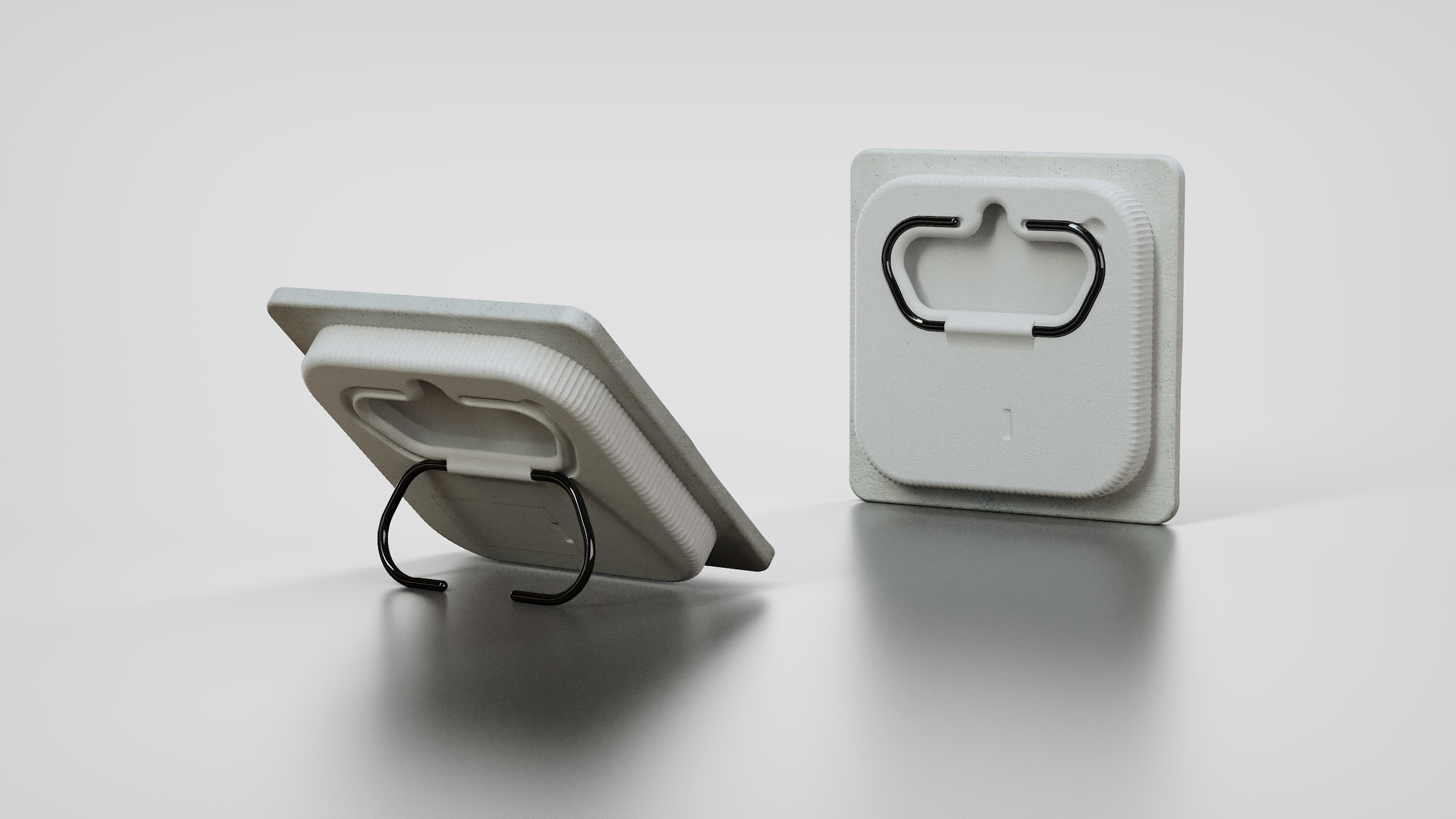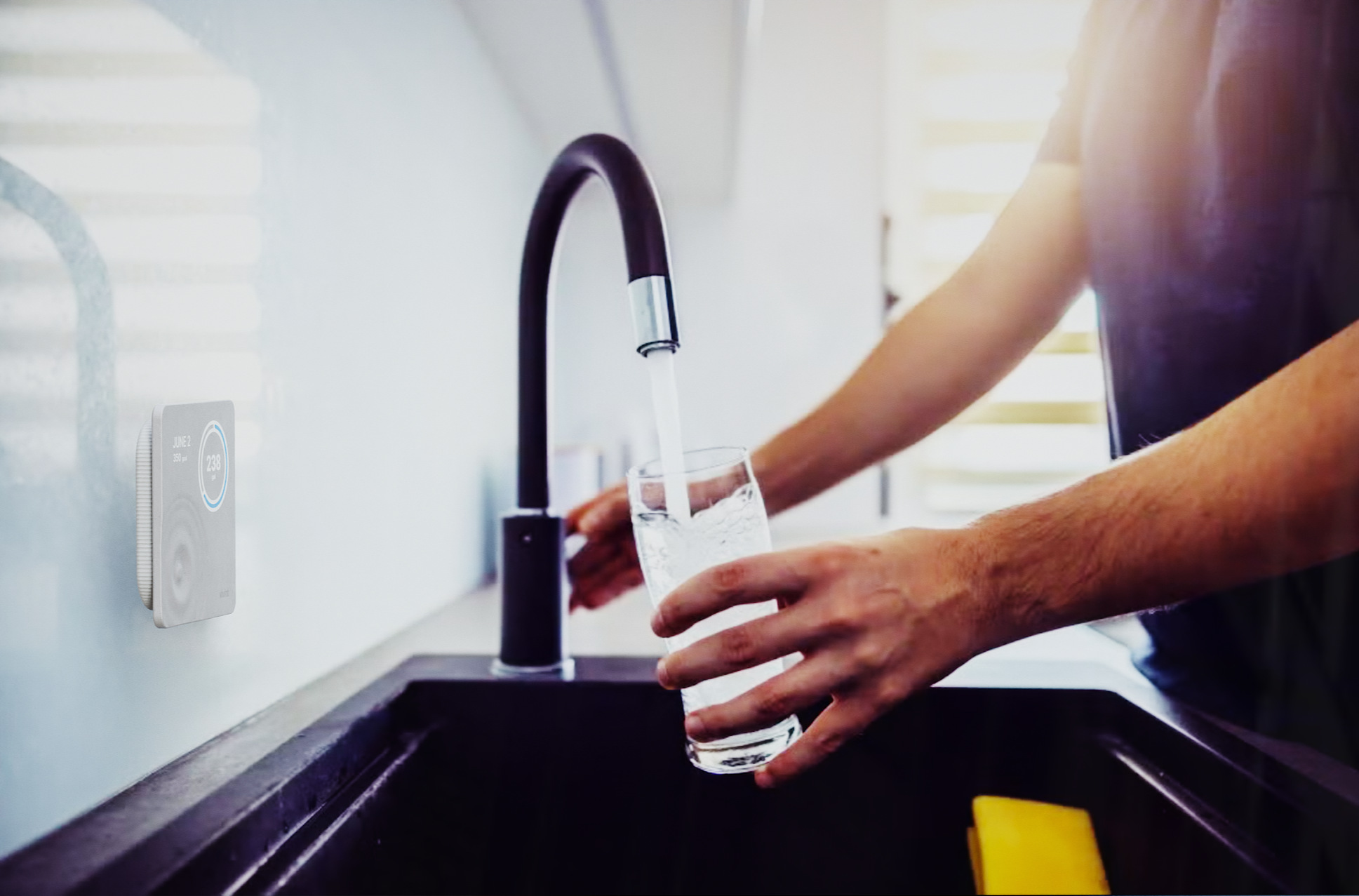Vivint Summer Internship
During my summer internship at Vivint, I collaborated on over 11 different projects, supporting all members of the Industrial Design team across the company’s three verticals. I worked closely with engineers, product managers, marketing teams, and even joined field research efforts, gaining a broad understanding of how design decisions tie into real-world use and business goals. This exposure taught me how to adapt to different project needs, communicate effectively across disciplines, and contribute to both external product initiatives and internal design improvements.
2025
Learnings
Lead Brainstorm Sessions
UI/UX
Product Ecosystem
Overview
I created Ripple, a smart water-sensing tile designed to make household water usage visible in real time. Paired with a pipe-mounted sensor, Ripple activates as water flows and shifts color to indicate daily usage and overconsumption.
ter conservation is increasingly critical as communities face growing scarcity and stricter usage regulations. Despite this, most people have no way to tangibly measure or understand their water consumption in real time. Monthly bills only reveal usage after the fact, long after the water has already been used, which makes it difficult to adjust habits or make informed decisions about conservation
The Challenge of Conserving Water
What this project aims to do…
Support user awareness of water consumption.
Deliver info in a simple, onctextual, helpful way.
Detect abnormal patterns or leaks.
Encourage smarter water habits.
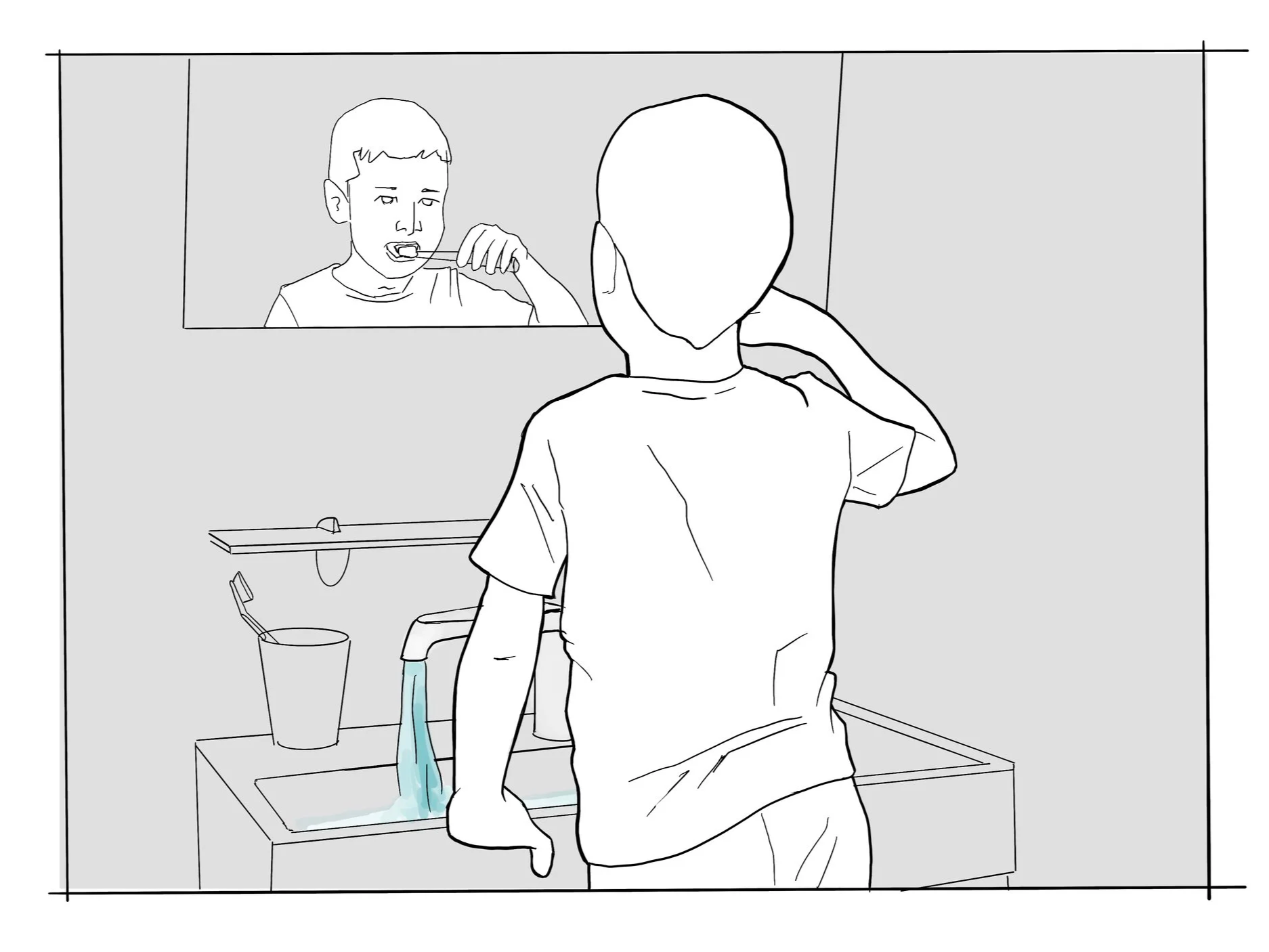
1. In the morning, Alex brushes his teeth with the faucet running.
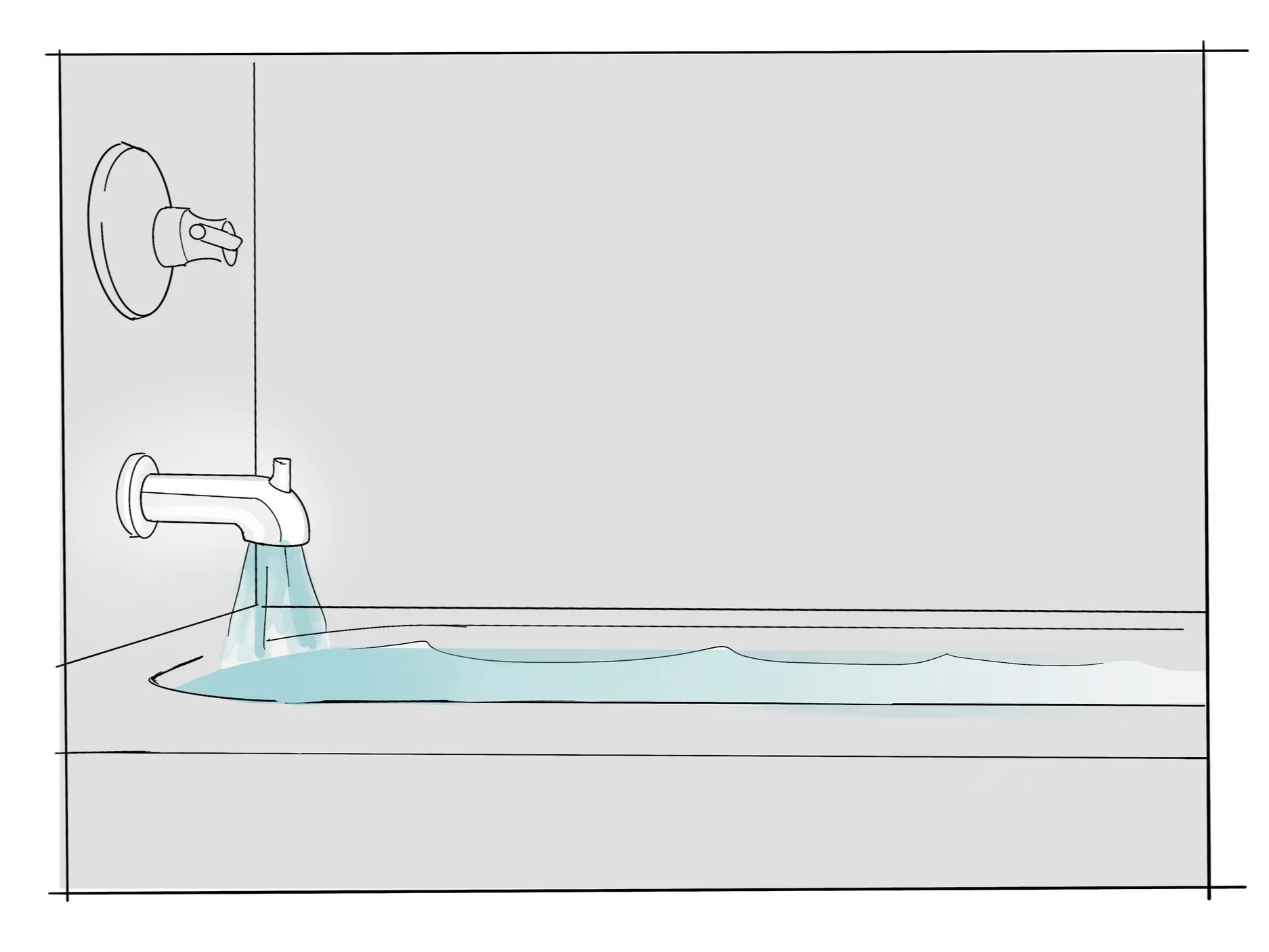
2. Water kept flowing unattended for 12 minutes for his bath.
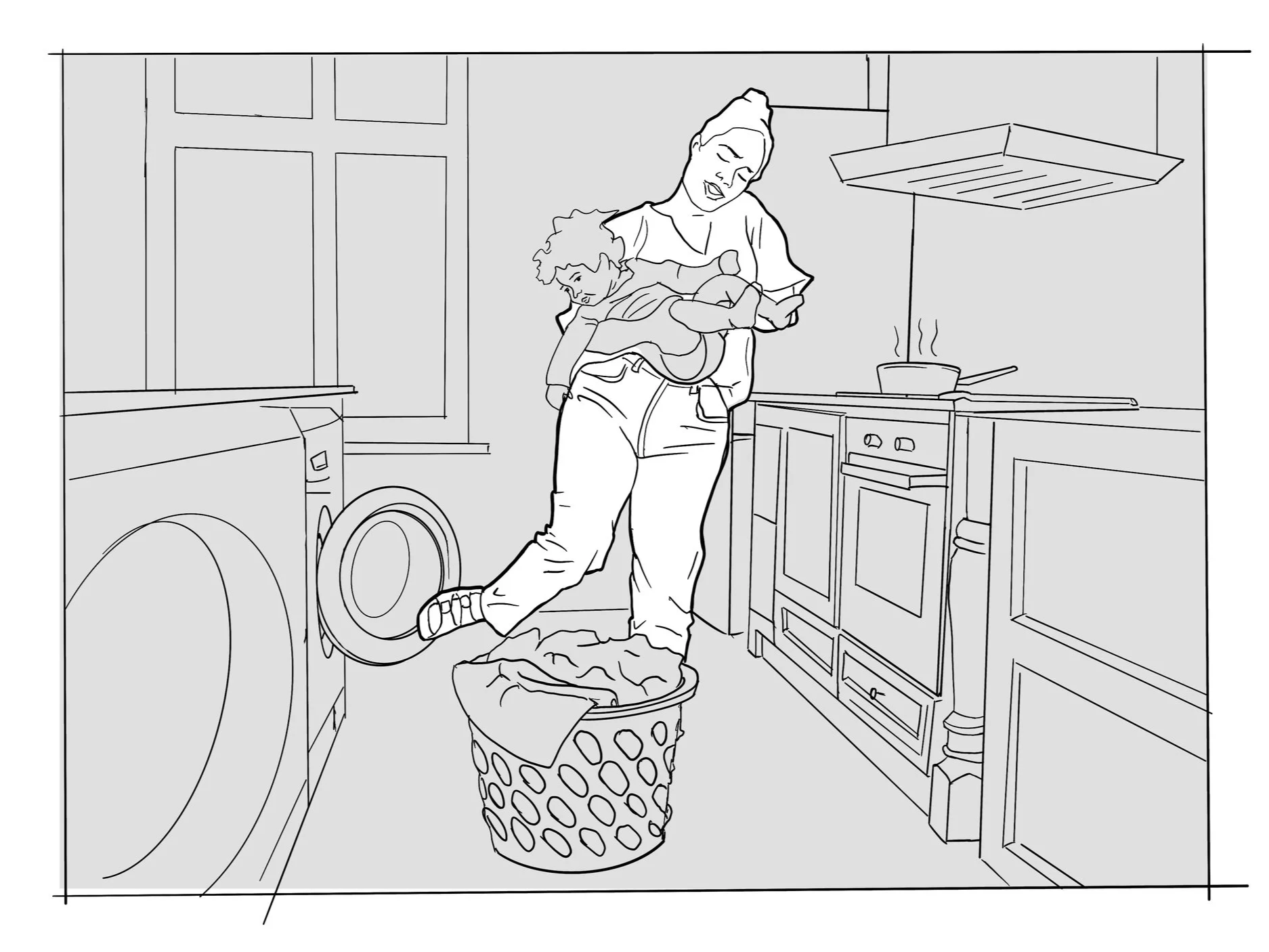
3. Mom is doing three loads of laundry while prepping dinner. She's juggling everything at once.
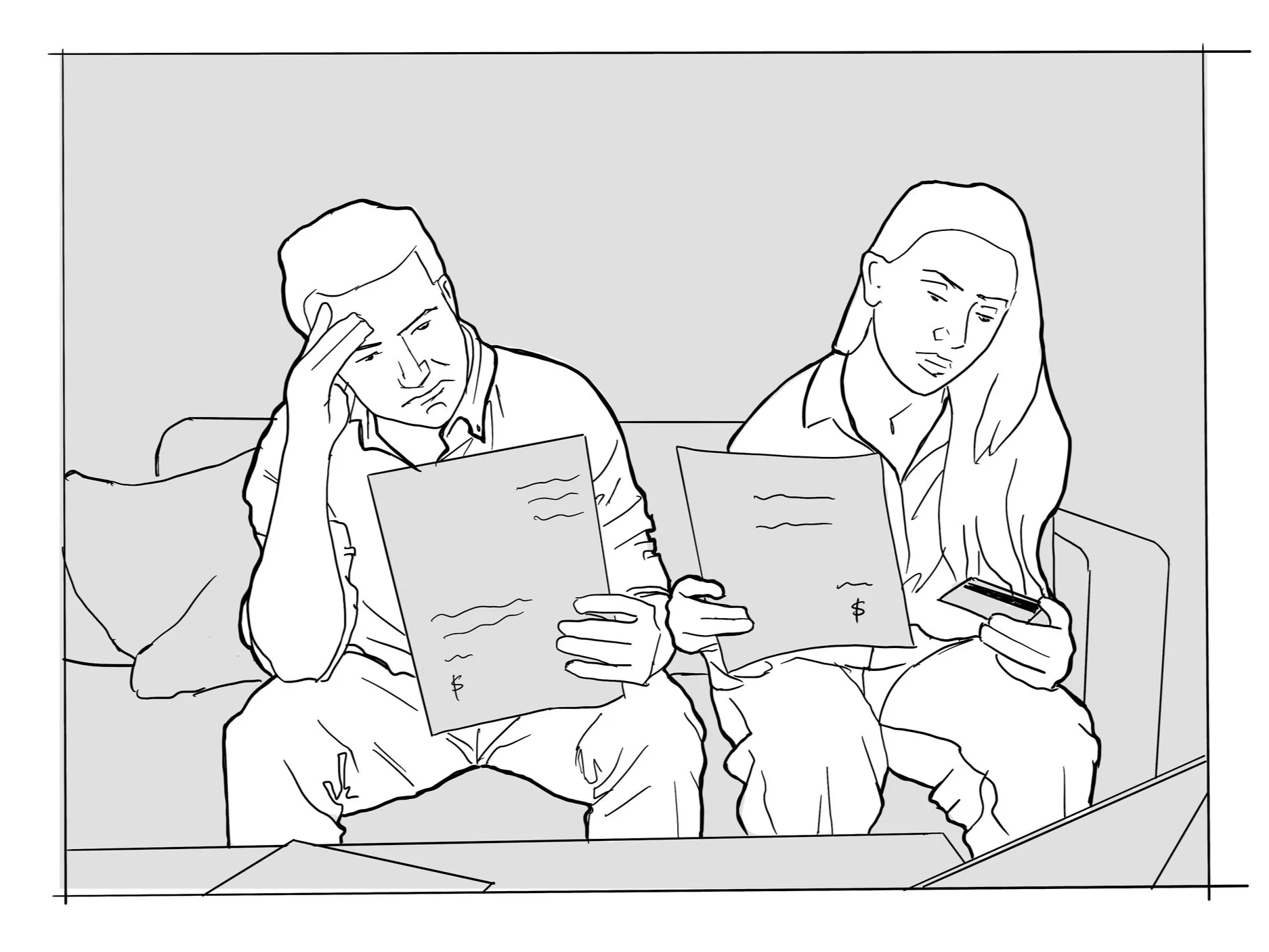
4. By the end of the month, the water bill jumps unexpectedly. The parents are frustrated and confused.

5. They talk to the kids, but aren't able to pinpoint where it went. Everyone feels a little guilty, but nothing really changes.
“How might we…
help users understand their water usage to empower smarter, more sustainable habits through ambient design?”
3.
2.
1.
Smart Sink — tracks the amount of water used. Must be in-built into the fixture.
Phyn DIY Clamp — device is under sink or at main line with app notifications, no real-time feedback.
Moen Smart Water Valve — professionally installed on the main water line with app connectivity.
Current Solutions
Lack of real time feedback
Complex installations
Poor Visual Integration in home
Overreliance on app dashboards
Key Gaps
This is a typical residential water system illustrating how water flows through a home. This helps us understand potential product attachment points.
Understanding the Home System
Final Direction.
Ripple
A discreet, ambient water sensor tile that brings real-time awareness into the home — empowering mindful habits through gentle, intuitive feedback.
The ripple pattern hints at water with a sculptural form — avoiding a literal droplet shape.
Real-time Updates
The tile’s UI lights up only when water is flowing through its connected sensor, visualizing data in real-time. When daily water use passes your set limit, the tile glows red to signal overconsumption at a glance.
Materials
Diatomaceous Earth (DE) is a quick drying and porous stone. Water absorbed by DE evaporates quickly, leaving the surface dry without residual watermarks.
IMD Interface
Ripple uses a diatomaceous earth foil for its in-mold decoration (IMD) to create a soft matte surface with a deadfronted backlit UI that stays hidden.
